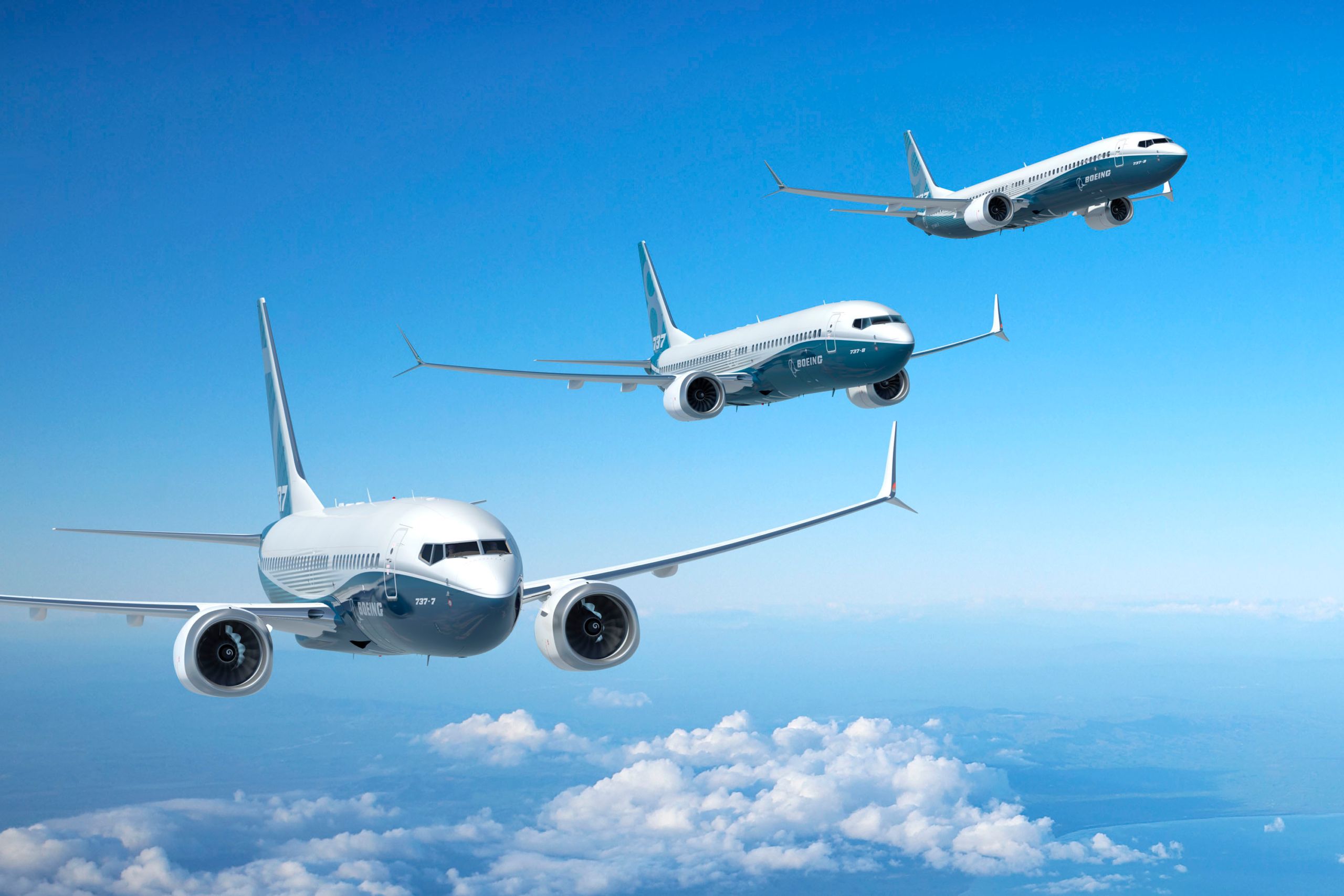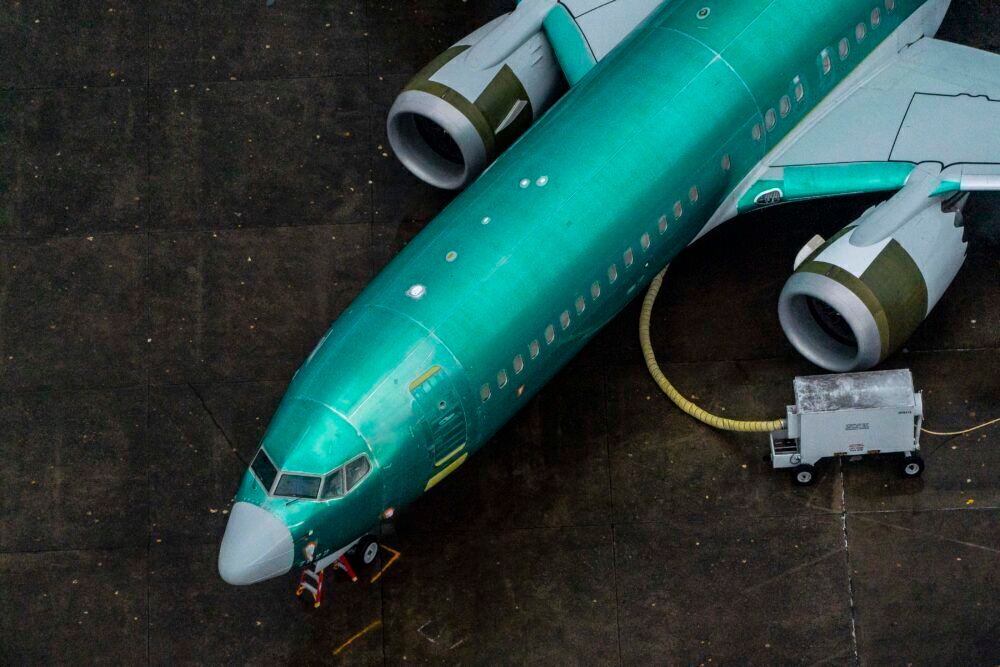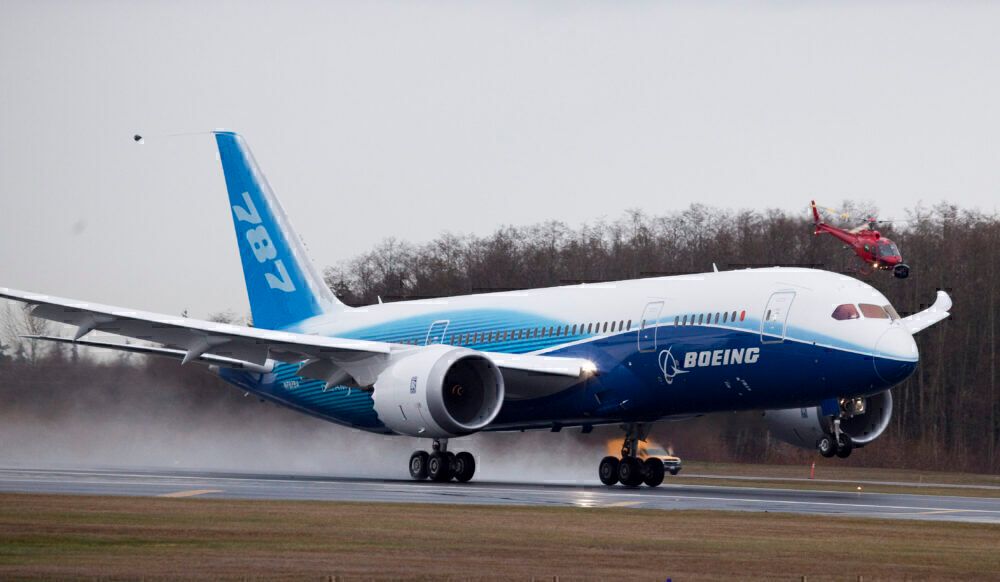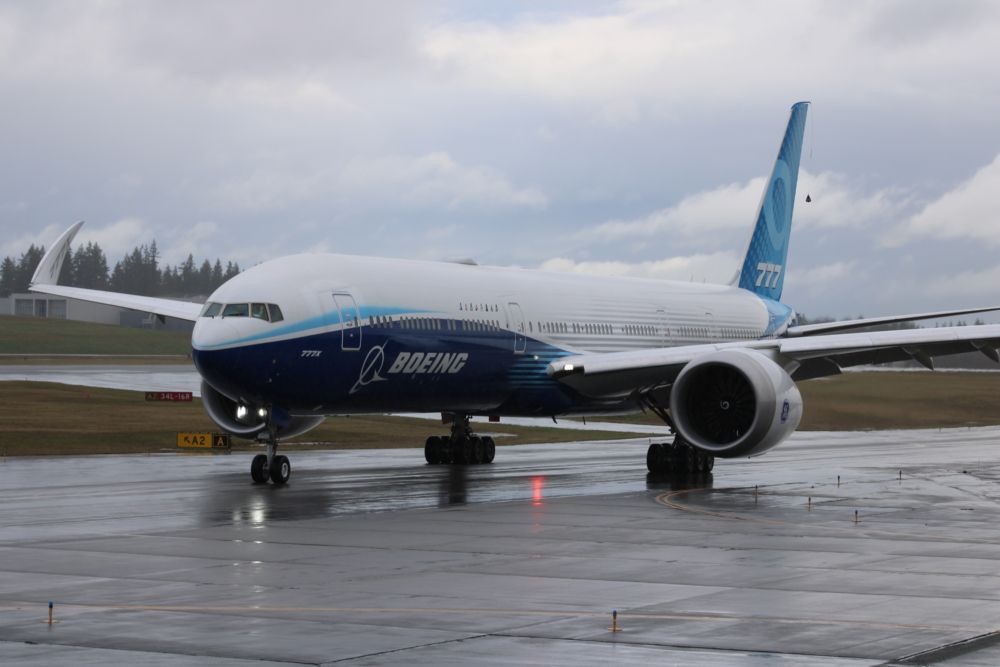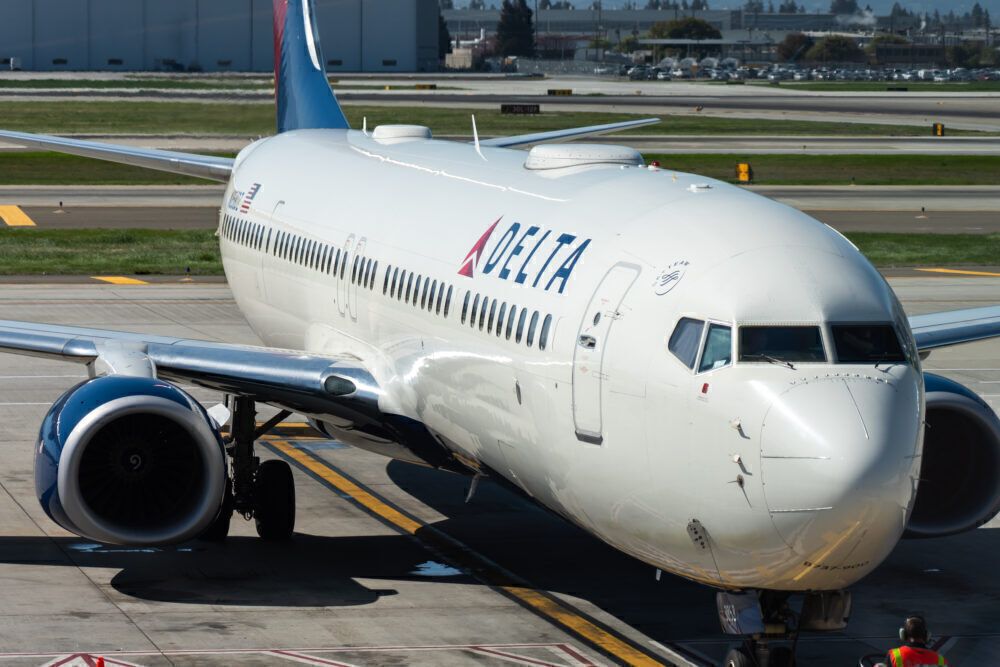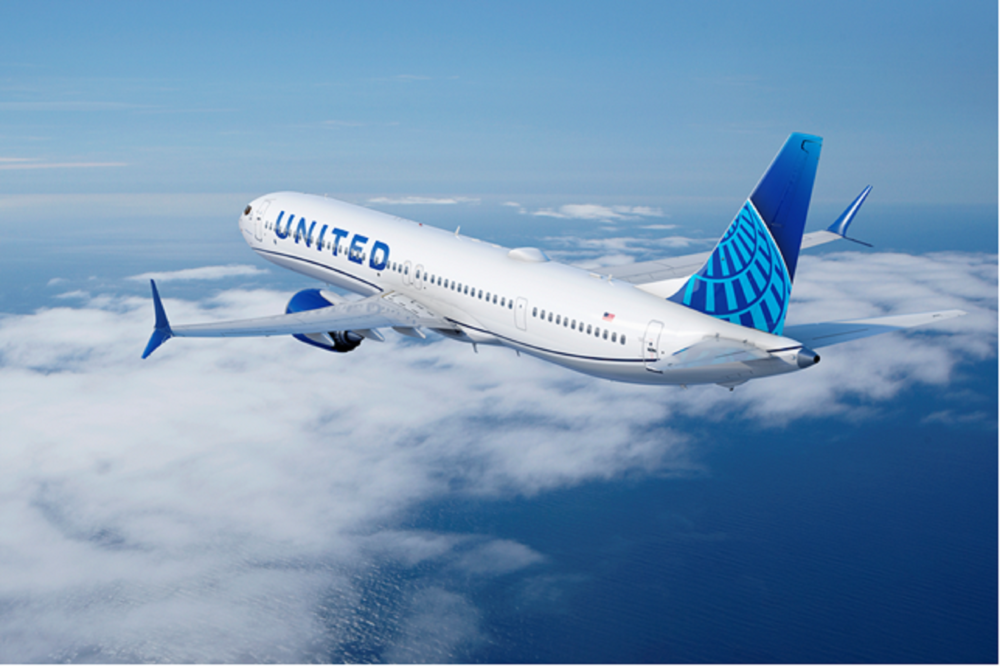The last year has been a reset year for global airlines. However, some key trends have been accelerated, especially regarding fleets. Taking the opportunity to retire older aircraft, carriers are being deliberate with their fleet strategy and prioritizing running more efficient and lower-cost operations. A key tenet of this strategy has been versatility, and Boeing is onboard and is confident that a strategy of pursuing a versatile aircraft portfolio will be a necessity in a post-crisis world.
What versatility means
Before diving into the need for versatility, it is important to discuss what it means in this context. Boeing has broken down versatility into three components: capability, network flexibility, and fleet commonality. All three are top considerations when airlines are making their fleet decisions.
Capability comes down to what the aircraft can actually do. In the commercial space, this mostly refers to passenger airlines. This includes factors like seating capacity, cargo capacity, range, fuel efficiency, infrastructure demands, and much more. Airlines want to know exactly what they can do with a plane.
The next component is network flexibility. Once an airline gets to know exactly what the aircraft can do, it looks at where the plane can be deployed across its network. In the current world, the more opportunities available, the better. Considering a plane like a single-aisle narrowbody, airlines want to be able to deploy that aircraft on a short hop between major markets a couple of times a day and then want the flexibility to fly the plane on a longer route taking several hours.
Finally, commonality is a huge part of versatility. Airlines want to minimize introduction costs for a given aircraft and like to operate planes they know at least something about. This is why some large Boeing 737 Next Generation operators selected the 737 MAX as part of their fleet renewal plans. Commonality also extends to fleet families. Airlines want to be able to choose from a variety of aircraft within a given family to fulfill different missions.
Stay informed: Sign up for our daily and weekly aviation news digests.
Widebody versatility is key for airlines
Narrowbody aircraft have been leading the recovery because short-haul and medium-haul markets have recovered far faster than long-haul markets. This includes large domestic markets like the United States. Long-haul routes are coming back slowly, but versatility is key here as well.
Looking closer at the fleet changes airlines made, this included the withdrawal of plenty of four-engine aircraft in favor of modern, efficient twinjets. Planes like the Boeing 777 and 787, and Airbus A330 and A350 have been taking over routes formerly flown by Boeing 747s, Airbus A340s, and A380s.
Considering all three aspects of versatility in the widebody space is key. From a capability standpoint, there is little the Boeing 787 cannot do. An example can be found from Qantas, which historically used the type to run the first commercial nonstop regularly scheduled flights between Australia and London. Those flights are expected to come back.
Moreover, other airlines around the world have used that same 787 for more standard long-haul routes. Think American and United, and British Airways using the plane on long-haul routes connecting cities like New York, Washington D.C., and Chicago with London, Athens, and more.
However, United also has some major plans for the Dreamliner. Not only has it used the aircraft on these routes, but it has also added two new long-haul routes to its schedules: Newark to Johannesburg and San Francisco to Bangalore. The Boeing 787 is the only aircraft United has in its long-haul fleet that can serve both routes reliably without taking a massive payload hit.
Not only can the 787 accomplish both routes – previous generation aircraft like the Airbus A340 could do it too – but the Dreamliner does it at a lower cost, with better efficiency, and with upgraded passenger comfort.
Narrowbodies are still important
According to Boeing, the single-aisle market has remained "resilient." Mid-size aircraft like the Airbus A320ceo and A320neo and Boeing 737-800 and 737 MAX 8 aircraft have been key aircraft returning to service. Even in this space, versatility has been paramount.
Of the 43,610 aircraft Boeing believes the industry will need through 2040, 32,660 of those are expected to be narrowbody aircraft. This is where aircraft like the Boeing 737 MAX 10 will be key.
Airlines are going to need more higher-gauge aircraft. Boeing is forecasting a 4.0% growth in annual passenger traffic (measured in revenue passenger kilometers) per year from a 2019 base. While many airports are undergoing modernization and expansions, there comes the point when airlines will be physically constrained from adding more flights at some airports. In these situations, higher-gauge is important.
Plus, hubs are not going anywhere. While point-to-point demand and traffic have steadily grown, the efficiency of operating hub-and-spoke networks remains unrivaled, and the security hubs provide have been essential in the rebound of air travel. To keep growing connecting hubs, larger-gauge aircraft are going to be key.
This is where narrowbodies come into play. Take United Airlines, which is looking to correct its gauge issues with a major order for both large Boeing narrowbody jets and Airbus narrowbody aircraft. The key aspect for United there was gauge.
The Boeing 737 MAX 10 is an example of Boeing offering a product that fits many of those needs. It is a higher-gauge aircraft that can run short-haul routes but can also fly longer routes within the United States. It also fits a commonality perspective, given that airlines can choose from a MAX 7, MAX 8, MAX 9, and MAX 10 or a combination of these to get a narrowbody fleet that fits their needs without sacrificing commonality and increasing costs.
Over the next 20 years, Boeing will definitely release some new aircraft models. Expect the manufacturer to continue to offer a versatile portfolio of aircraft that fits what its customers need, all while continuing to focus on efficiency.

